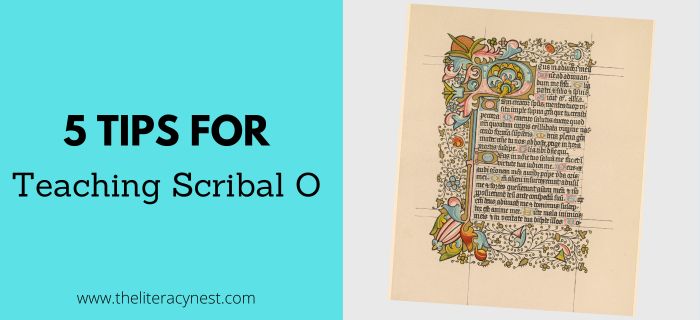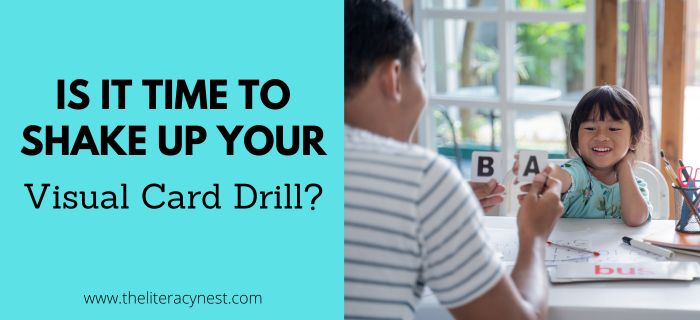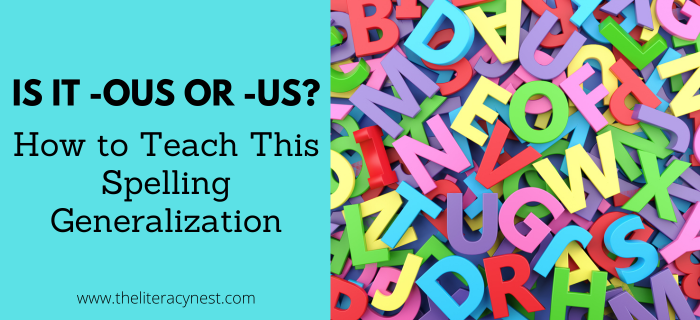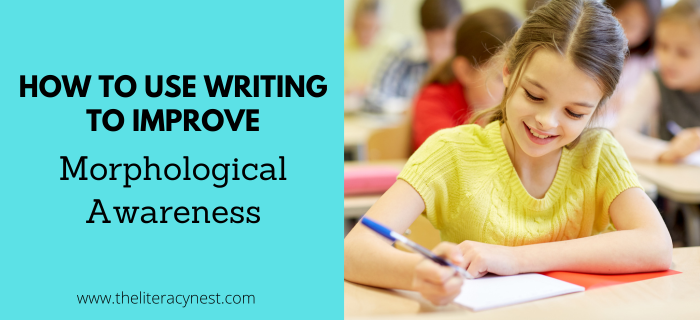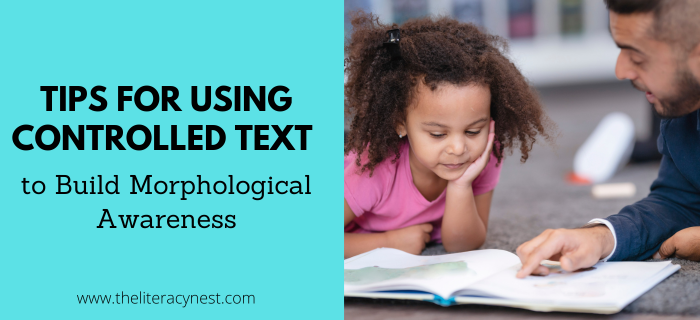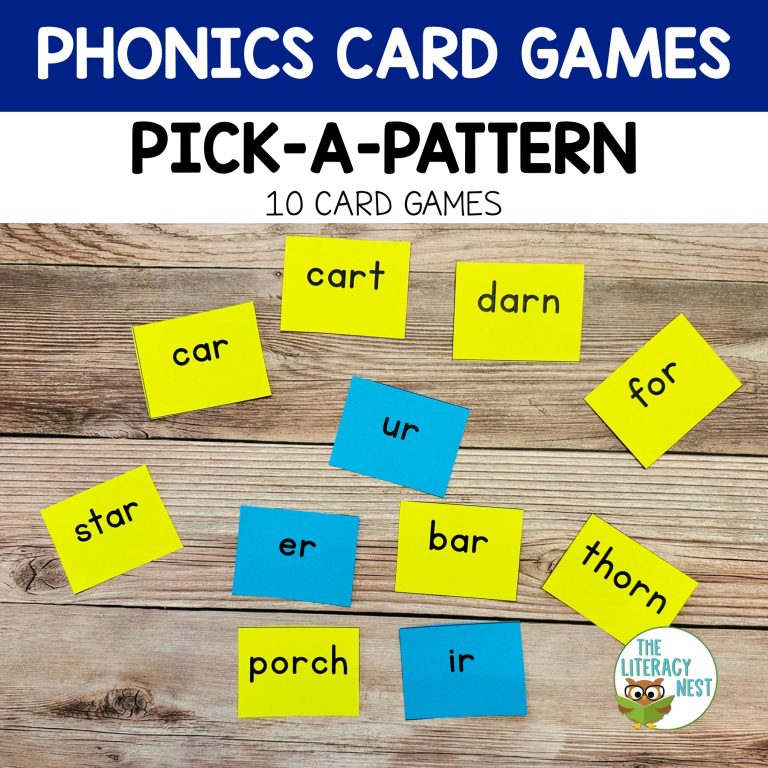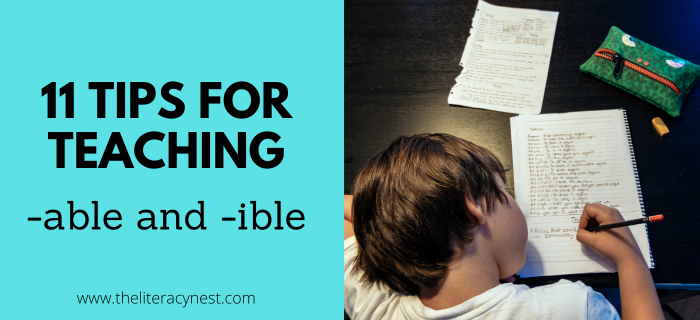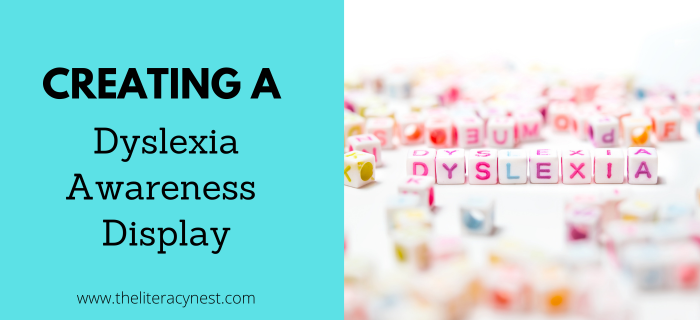5 Tips for Teaching Scribal O
Scribal o is a spelling convention with a fascinating historical story. The History of Scribal O Long ago, before the printing press was in common use, manuscripts were written by hand. The people who did this job were called scribes and many times they were monks. The writing style popular at the time was comprised…

